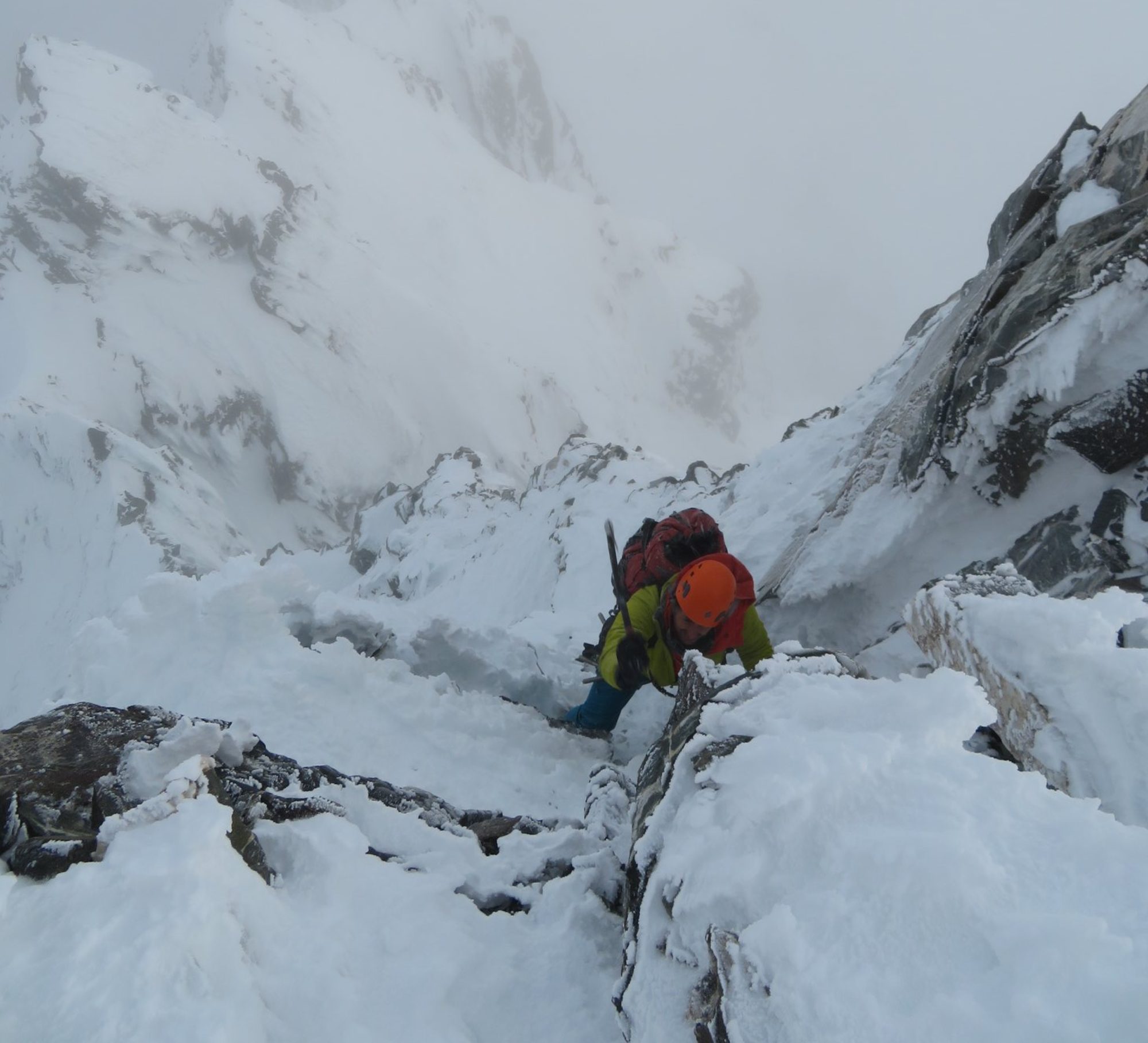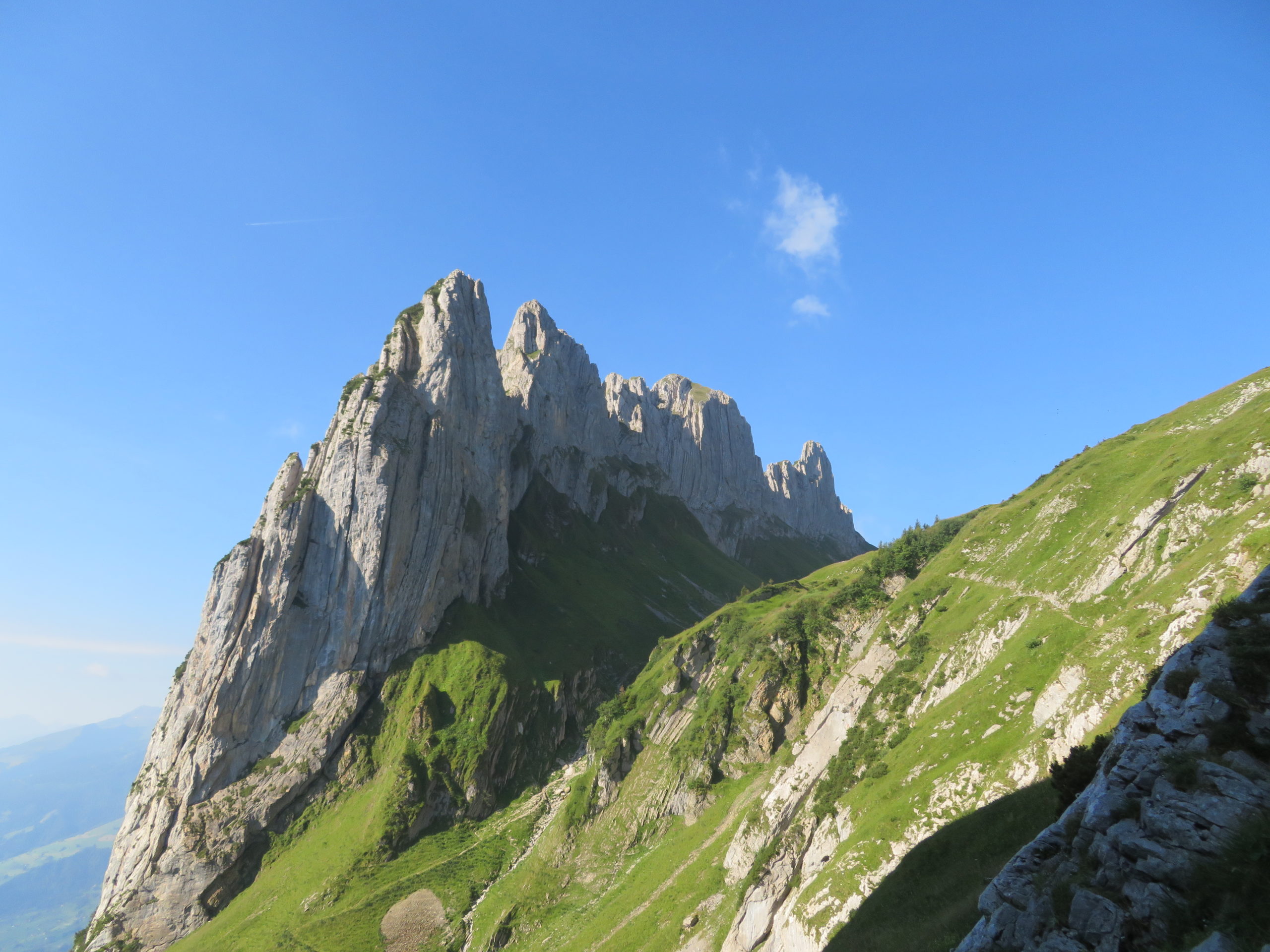In July 2022, I went with my Swiss friend Reto to a low altitude climbing area in Eastern Switzerland known as the Alpstein. Blessed with enormous limestone walls rising from beautiful alpine medows, the Alpstein offers varied climbing opportunities, ranging from single-pitch test pieces to multi-pitch marathons. Whilst most of the climbing is described as ‘sport’, in reality I’d describe the multi-pitch climbing as mostly ‘mixed’ given the length of some of the runouts. The area is massive, with 4 huge valleys with limestone walls rising hundreds of meters on either side. These oceans of limestone rock offer more climbing than any human could ever squeeze into one lifetime.
Day 1 – Approach to Hundsteinhütte
Parking our car on Pfannenstielstrasse near St Gallen, we caught the independently run Luftseilbahn Alpsigel (self-service gondola) onto the top of a ridgeline which offered access to the Alpstein’s vast network of trails. From here it was a pleasant ~3 hour stroll through various valleys and passes to reach Hundsteinhütte, which is run by the Swiss Alpine Club. The weather could not have been more ideal.
I was struck by the size of the area, and the scale of the limestone cliffs. I was also amused by the presence of small dairy cattle farming operations throughout the area, which coexisted with the steady stream of hikers and climbers passing through on foot. There were no cars or roads in the area other than the farming vehicles and dirt tracks used by the locals. It created a very serene atmosphere, almost like stepping back in time 100 years.


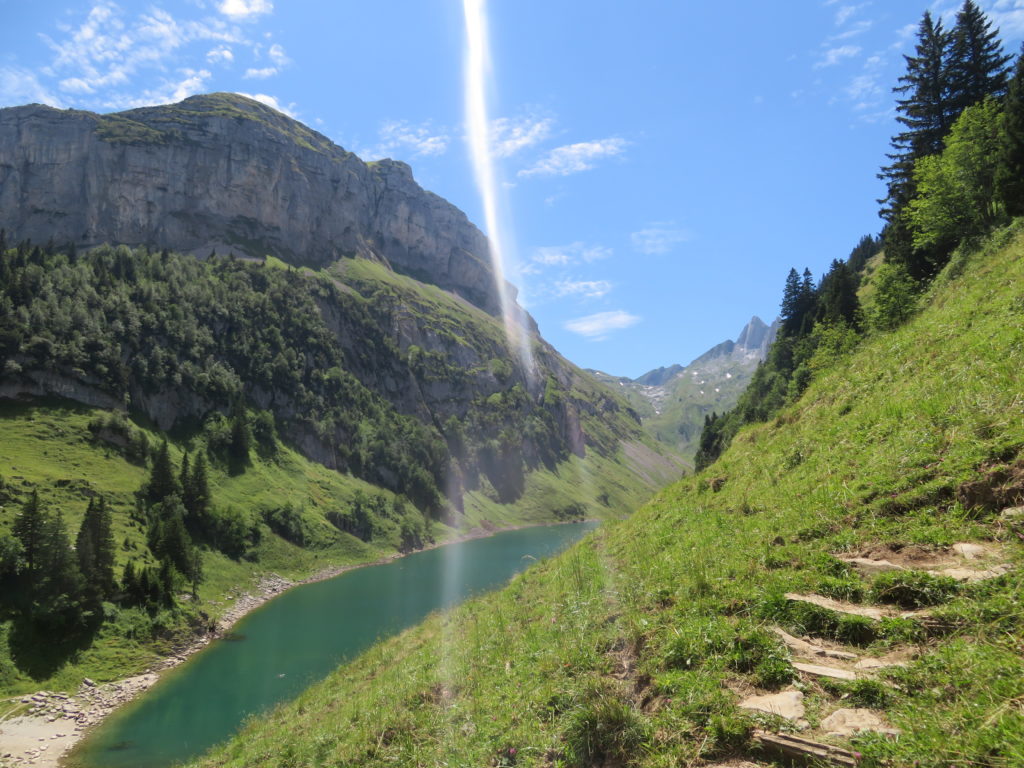

Day 2 – Slab climbing
After enjoying some very comfortable food and accommodation at Hundsteinhütte, we set off to do a 7 pitch slab route. I’m not sure the name of the route, as I think we misread the topo. But its was a south facing slab on exposed limestone, only about 45 minutes uphill from the hut, crux around 5c.
Although the route was bolted, route finding was often tricky as the bolts were spaced 4-5 meters in some sections. We took some cams and nuts to supplement the bolts for protection. We swung leads, getting to the top in ~3 hours. It took another 2 hours to abseil over the tricky low angle terrain back the way we came.

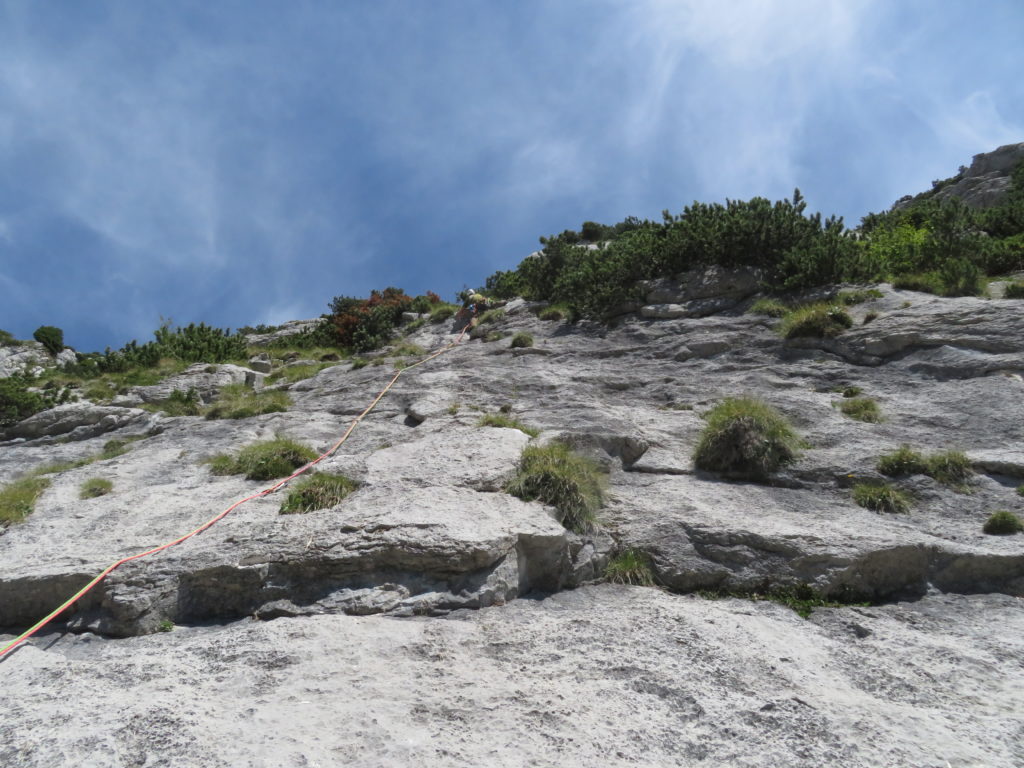
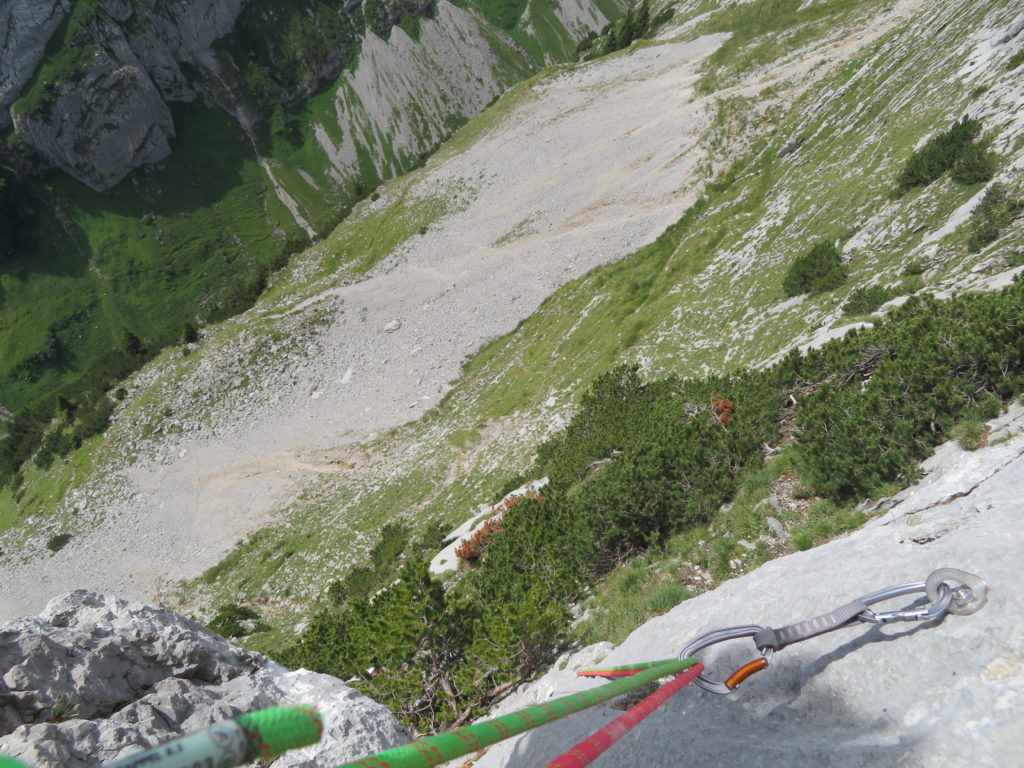
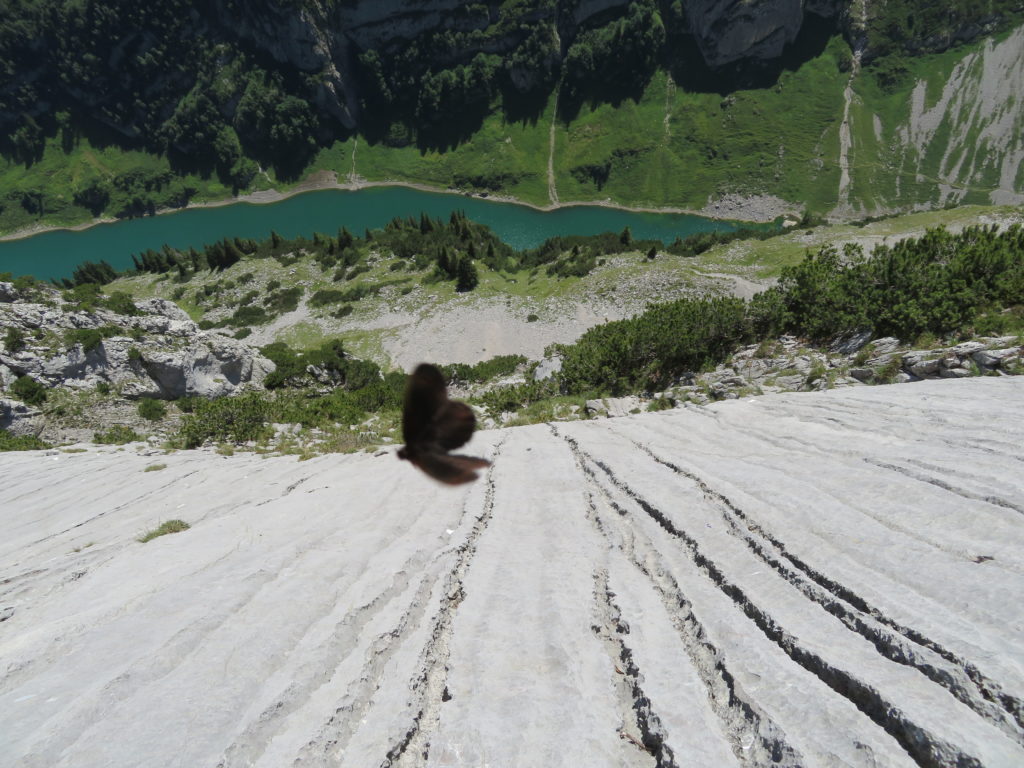

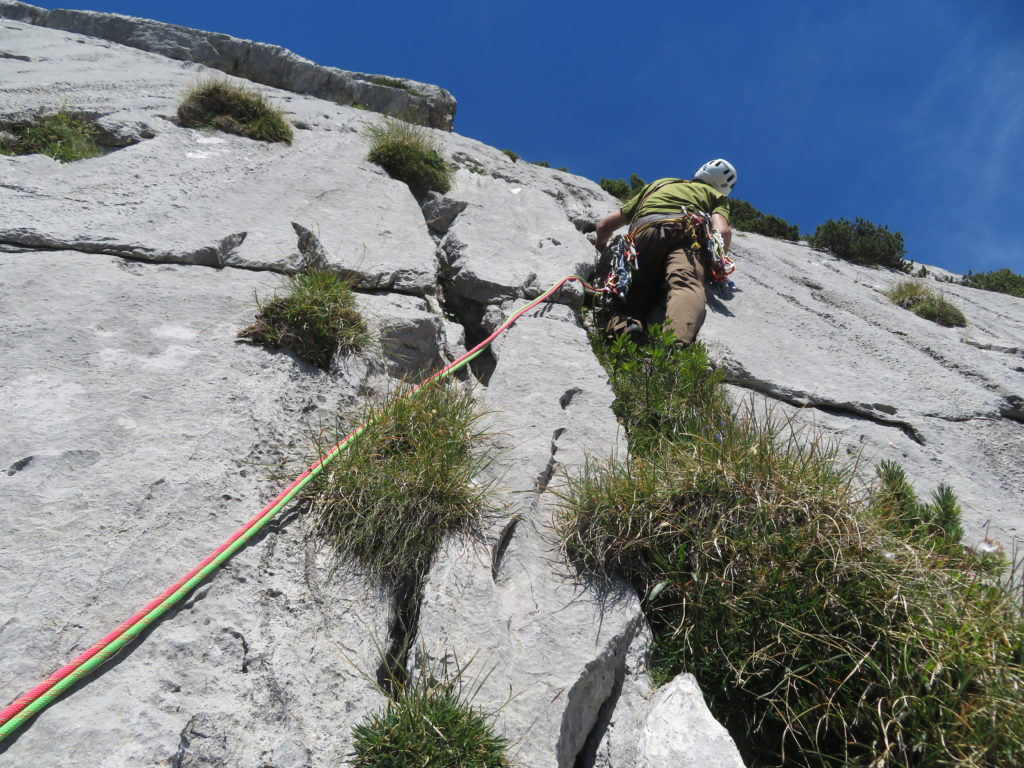
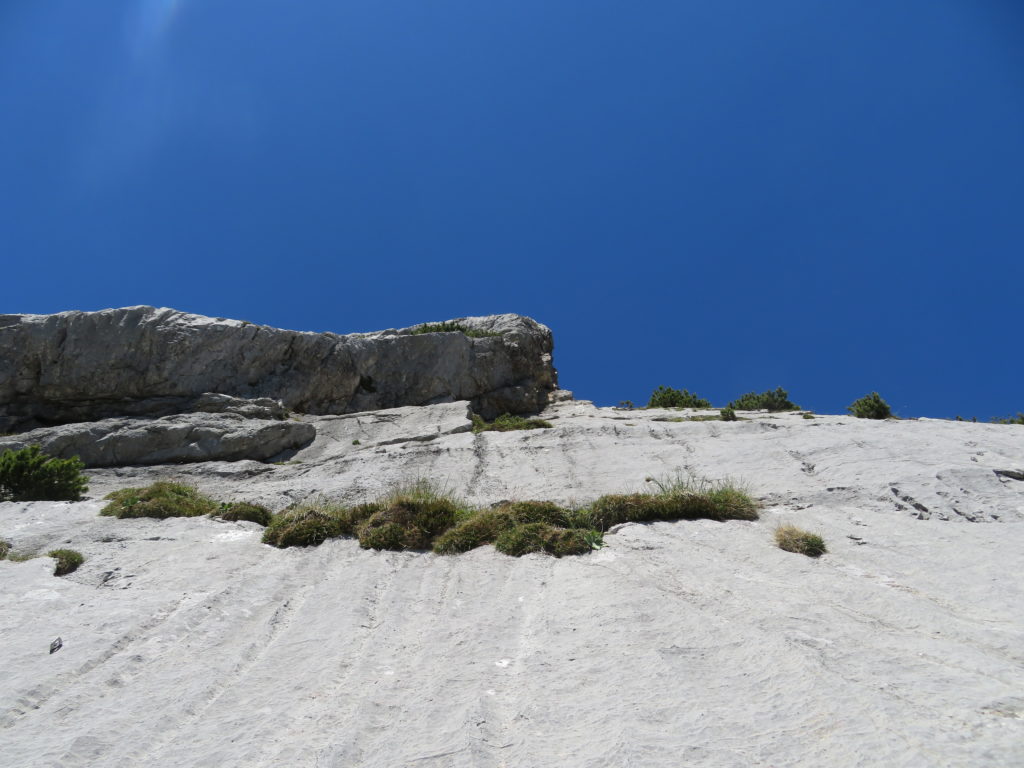

Day 3 – Rest day and Alpstein Marathon scoping
The following day, we did some single pitch sport climbing. After doing 6 pitches of ~5c to 6c climbing, we went for a stroll down to find the start of the biggest route in the Alpstein, the ‘Alpstein Marathon’. At ~950m, 21 pitches, crux 6b, this route would be a serious undertaking that would demand high efficiency and strong onsighting ability. It is definitely too long for the difficulty for me at the moment, but standing below the route and starting up at the 1km high tower provided inspiration to train and get stronger (and faster).
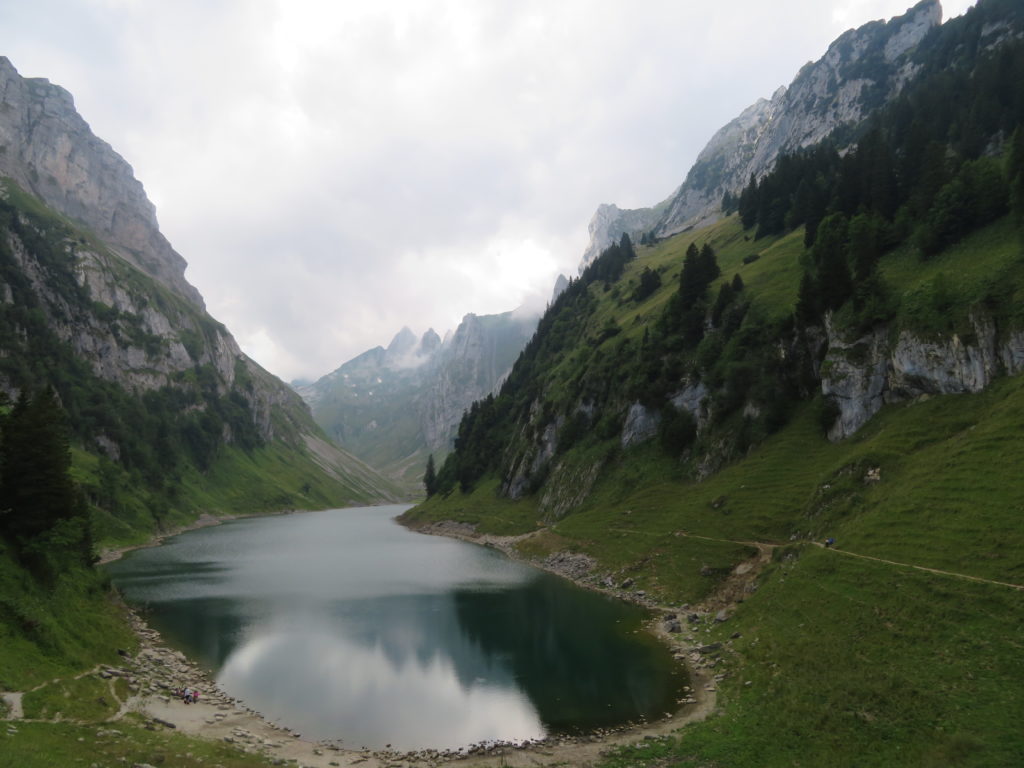
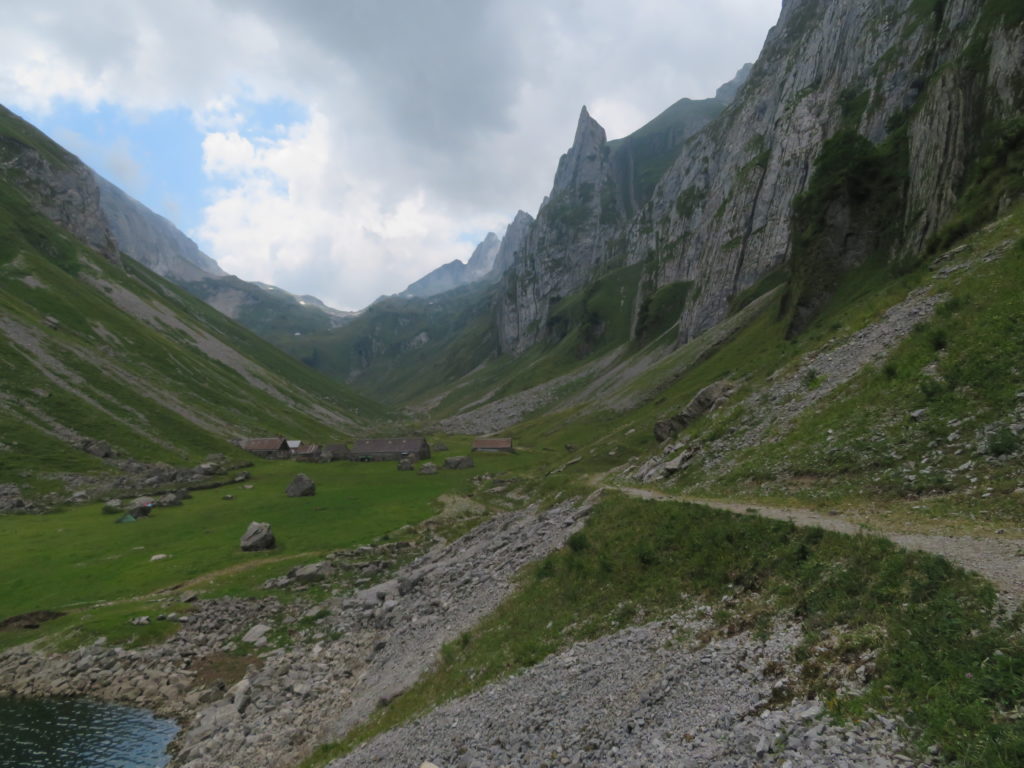
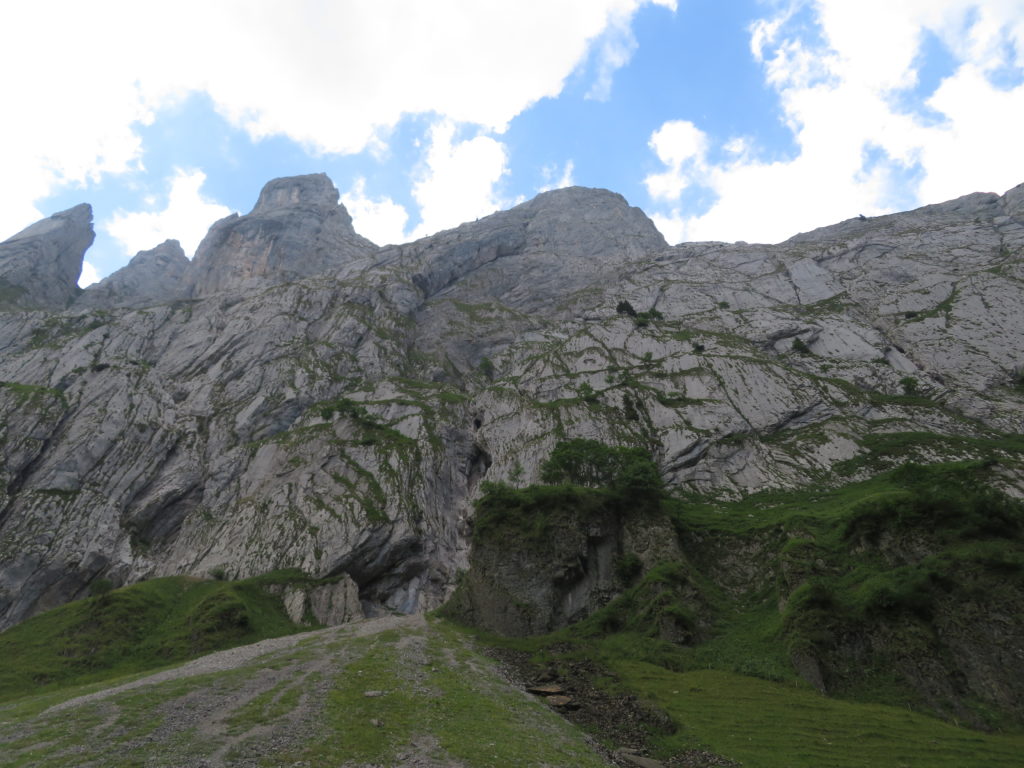
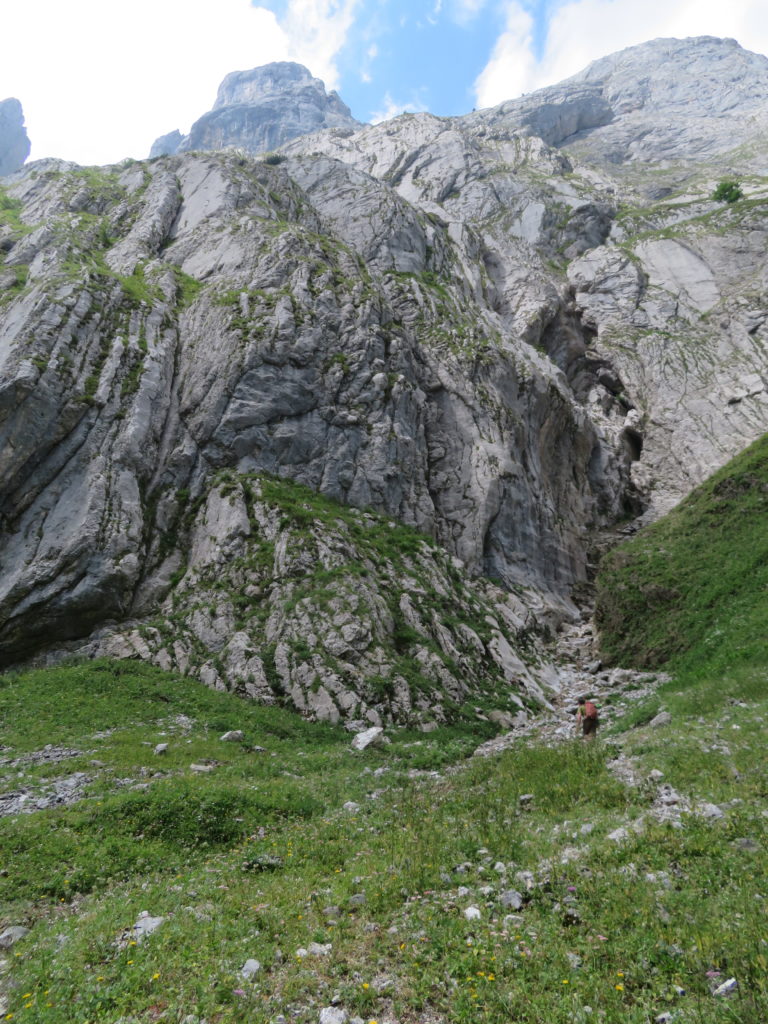
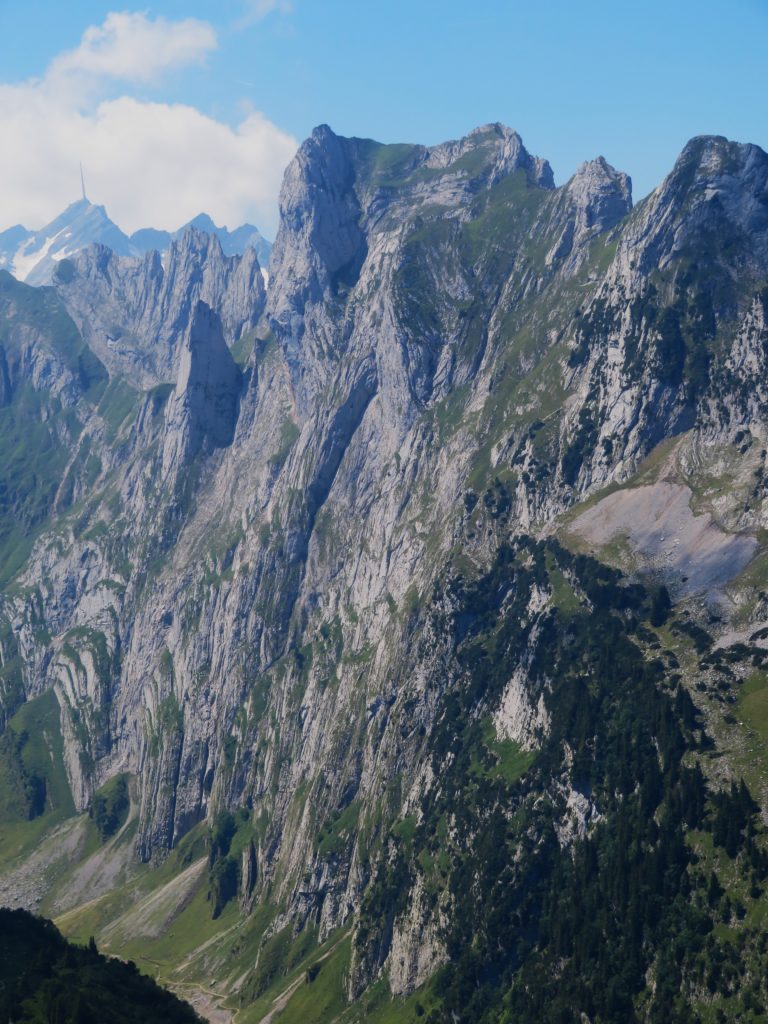

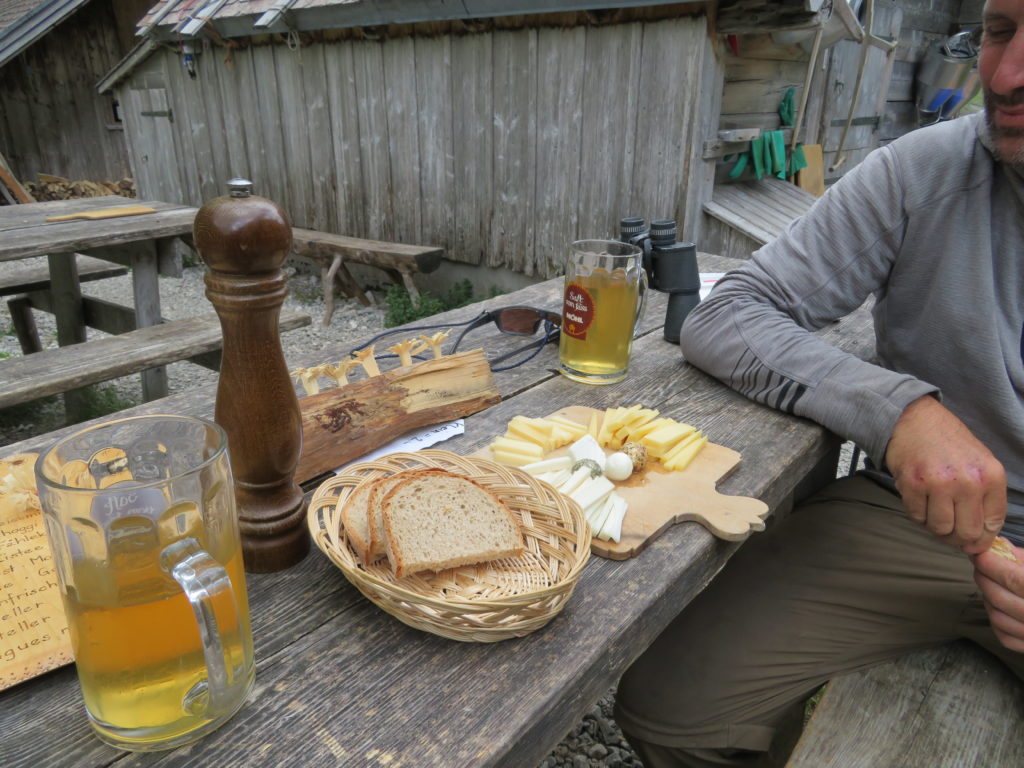
Day 4 – Flugroute, Kreizberg I
On our final full day in the Alpstein we decided to attempt the classic north-facing multipitch route ‘Flugroute’, which was ~200m, 6 pitches, crux 5c+. We chose this route as it was north facing, meaning we would get some respite from the baking summer sun. It also looked steeper than the slab climbing we had done the previous day.
The approach took about 2 hours from Hundsteinhütte, involving some sketchy switchbacks up a steep scree slope. I lead the first pitch (5c+), which was fairly easy except for one very exposed move. It also suffered from terrible rope drag due to being a long traverse.
Unfortunately, Reto was having trouble with his knee, which had an old meniscus injury which was flaring up. We made the easy decision to abseil off the first pitch rather than risk going higher and not being able to easily reach the ground if his pain became worse. I believe the climbing would have eased off from this point, as the most ‘traversey’ part of the climb was finished. But we did not want to take unnecessary risks when it came to Reto’s knee.
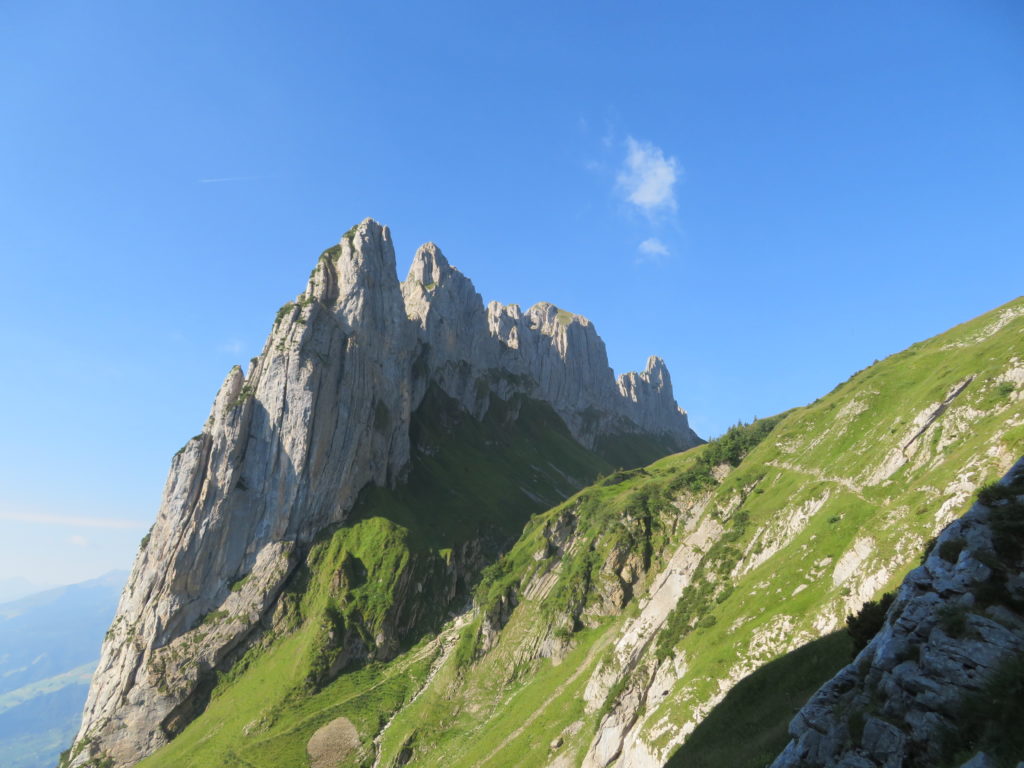
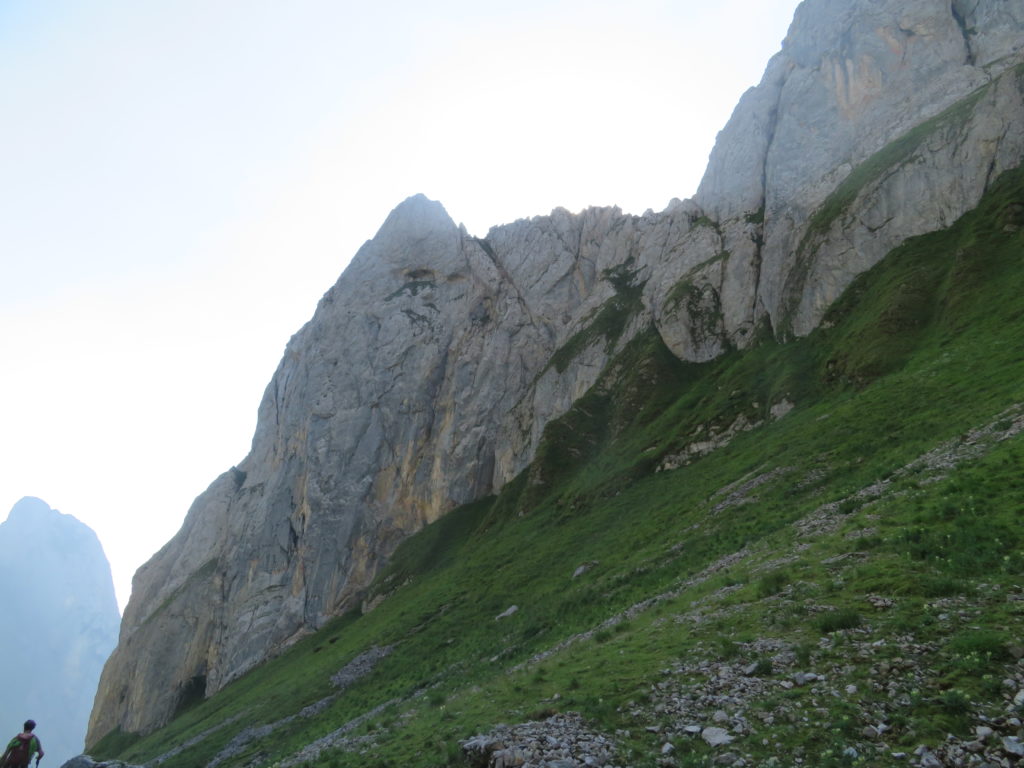
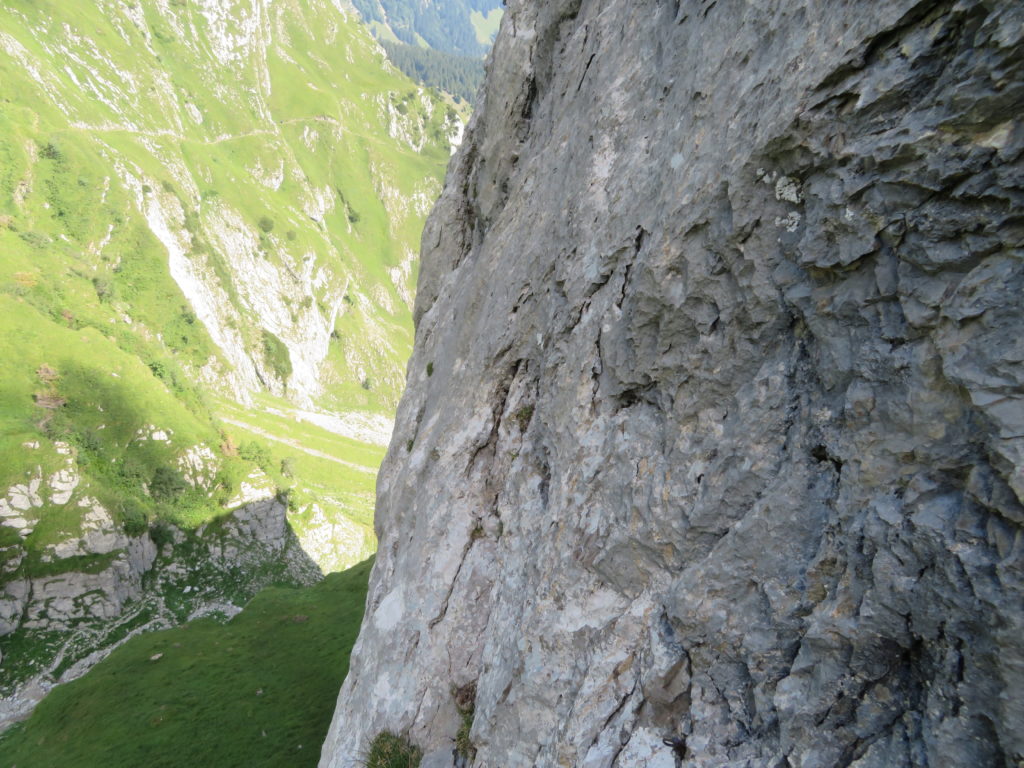

The rest of our time in Alpstein was spent basking in the summer sun, walking around taking in the views, and eventually walking out the way we had come.
I would definitely return to the Alpstein after a more rigorous program of rock training. The number of multi-pitch routes here is epic. They range from easy slab to hard face and even overhung. The limestone is generally very good.
Although the routes are bolted, I would not call this place a sport climbing crag. The runouts are serious and the route finding is challenging. Not to mention the grade sandbagging. I’m inspired by ‘Alpstein Marathon’, its mere existence makes me want to train harder, get stronger and more efficient. The idea of climbing ~1000m of technical limestone in a single day is intimidating, but also tempting given it is ‘mostly’ on bolts. Routes like this are rarely possible anywhere outside of the European Alps.

